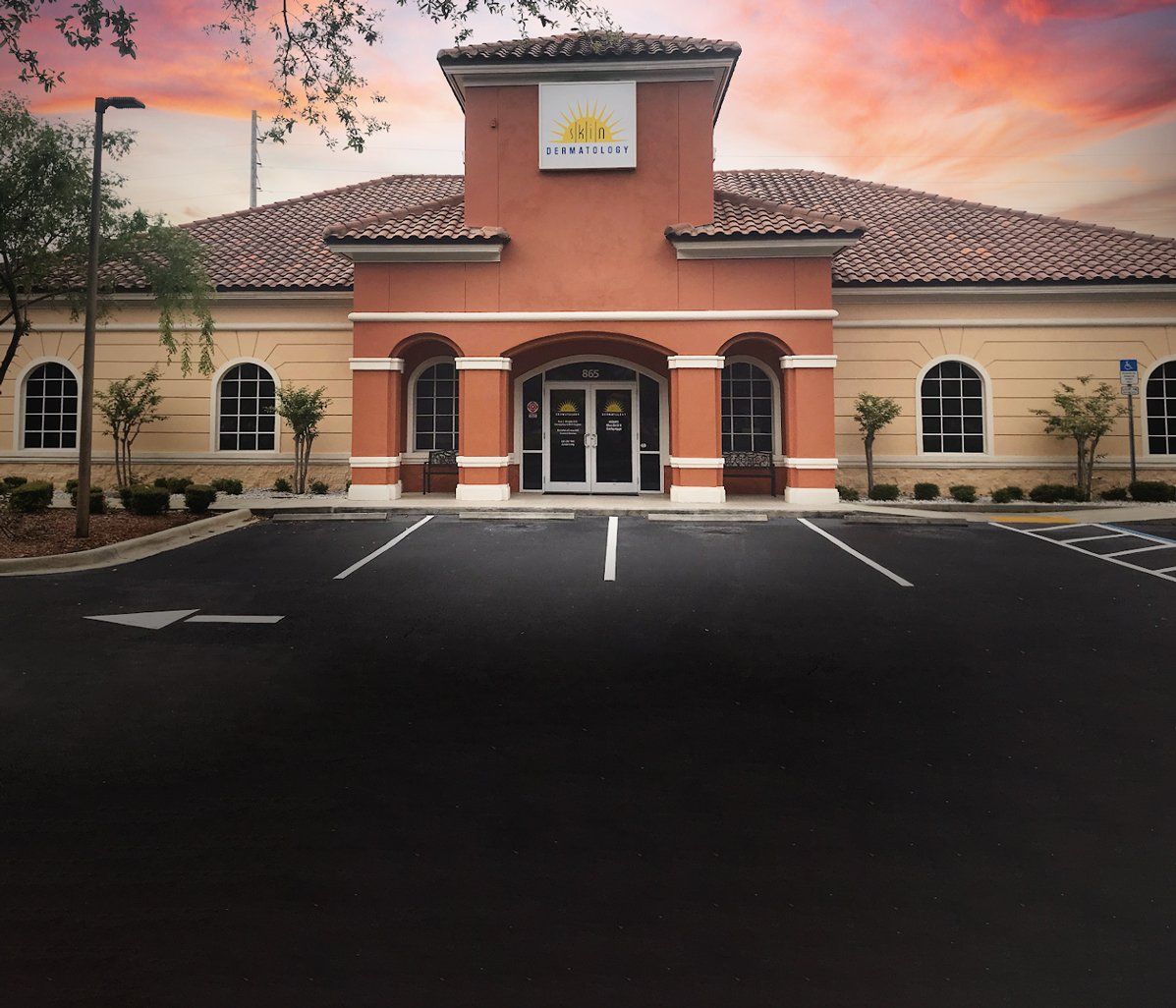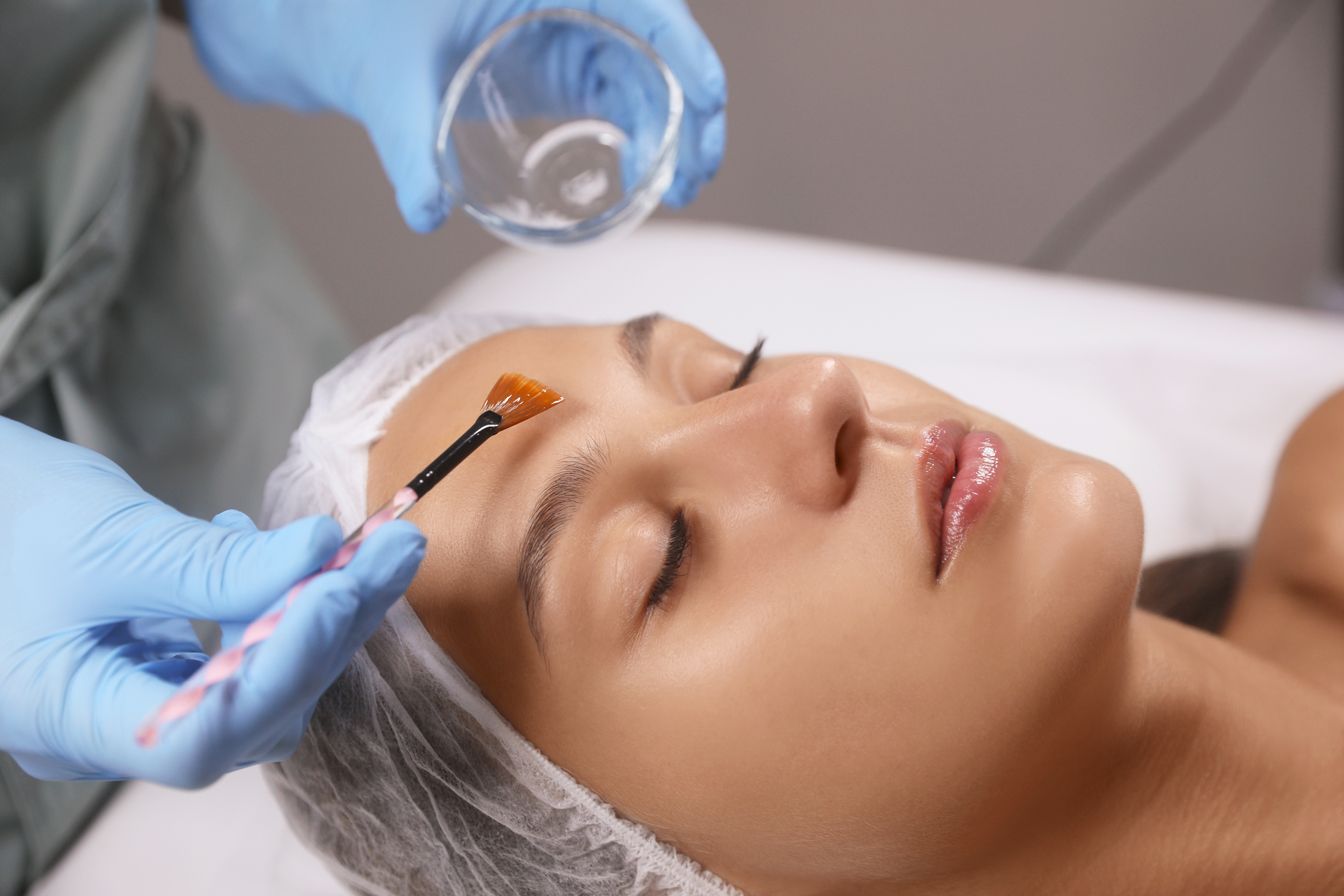Chemical Peels
Rejuvenate Your Skin with Professional Chemical Peels
Chemical peels have been used for centuries to enhance skin health and appearance. Ancient Egyptians pioneered early peels with sour milk baths rich in lactic acid, which left their skin smoother and softer. It wasn’t until the mid-19th century that an Austrian dermatologist developed modern chemical peel techniques to treat various skin concerns.
Today's chemical peels range in strength and are designed to create controlled exfoliation. These solutions work by dissolving the outermost skin cells, encouraging the regeneration of new, healthy skin. As the old skin peels away, fresh layers rise to the surface, promoting a smoother and more youthful complexion.
This process also boosts collagen and elastin production, softens fine lines and wrinkles, lightens dark spots, and unclogs pores, reducing the appearance of acne and pore size. Some peels even help eliminate acne-causing bacteria, leaving skin clearer and more refined.
Performed by professionals, chemical peels are a safe and effective way to maintain glowing, healthy skin. Depending on your skin type and the strength of the peel, treatments spaced 4-6 weeks apart can yield either subtle or dramatic results, tailored to your specific skincare needs.
What Areas Can Be Treated with Chemical Peels?
While the face is the most common area treated with chemical peels, other areas of the body can benefit from this rejuvenating treatment as well, including:
- Neck
- Back
- Upper chest
- Backs of hands
- Any other area where skin improvement is desired
It’s important to recognize that the skin on the face differs from the skin on other parts of the body, meaning healing times may take longer for areas like the neck or chest compared to the face. Peeling intensity can also vary depending on the area and treatment type.
What to Expect After a Chemical Peel Treatment
After your chemical peel, you may notice mild to moderate redness, which can last from a day to several days, depending on the strength of the peel and your skin type. Your skin might feel more sensitive during this time, and occasional acne breakouts may occur as the skin begins to shed old cells and clear out congestion.
If you're in Orange City or Palm Coast, chemical peels offer a great solution for achieving smoother, more youthful-looking skin on various areas of the body.
Call our offices today!
Call our offices today!
What to Expect During Your Chemical Peel Treatment
Before your chemical peel, we’ll assess your skin to choose the right peel and ensure there are no conditions that might prevent treatment. The treatment area will be gently cleansed and prepped. If you wear contact lenses, please remove them before your appointment.
As the peel is applied, you may experience some stinging or burning, which can intensify depending on the strength of the peel and your skin's sensitivity. Your technician will monitor your skin closely to decide when to remove the solution.
Some peels, like glycolic or lactic acid, require neutralization, while others, like salicylic acid, are self-neutralizing. After the peel, your skin will be either rinsed or left as is, followed by the application of soothing serum and sunscreen. Avoid sun exposure for a few days post-treatment. The entire process takes about 45-50 minutes, offering a quick, effective skin rejuvenation.
Book Your Appointment Instantly
Use our secure online booking app to schedule your appointment quickly and at your convenience.


